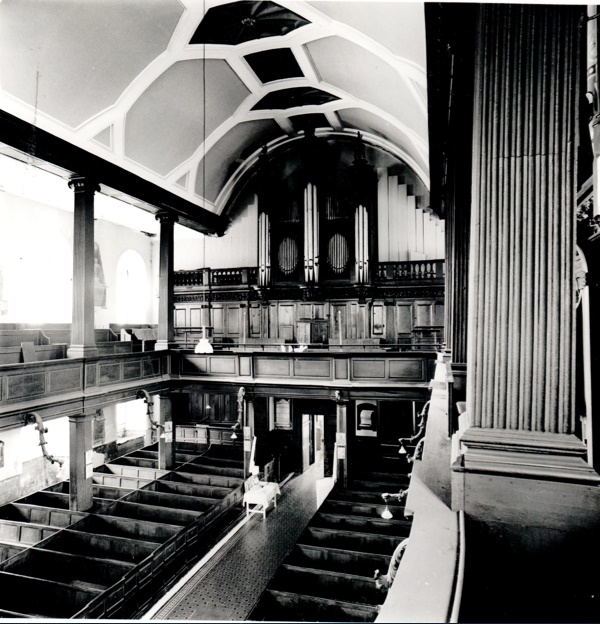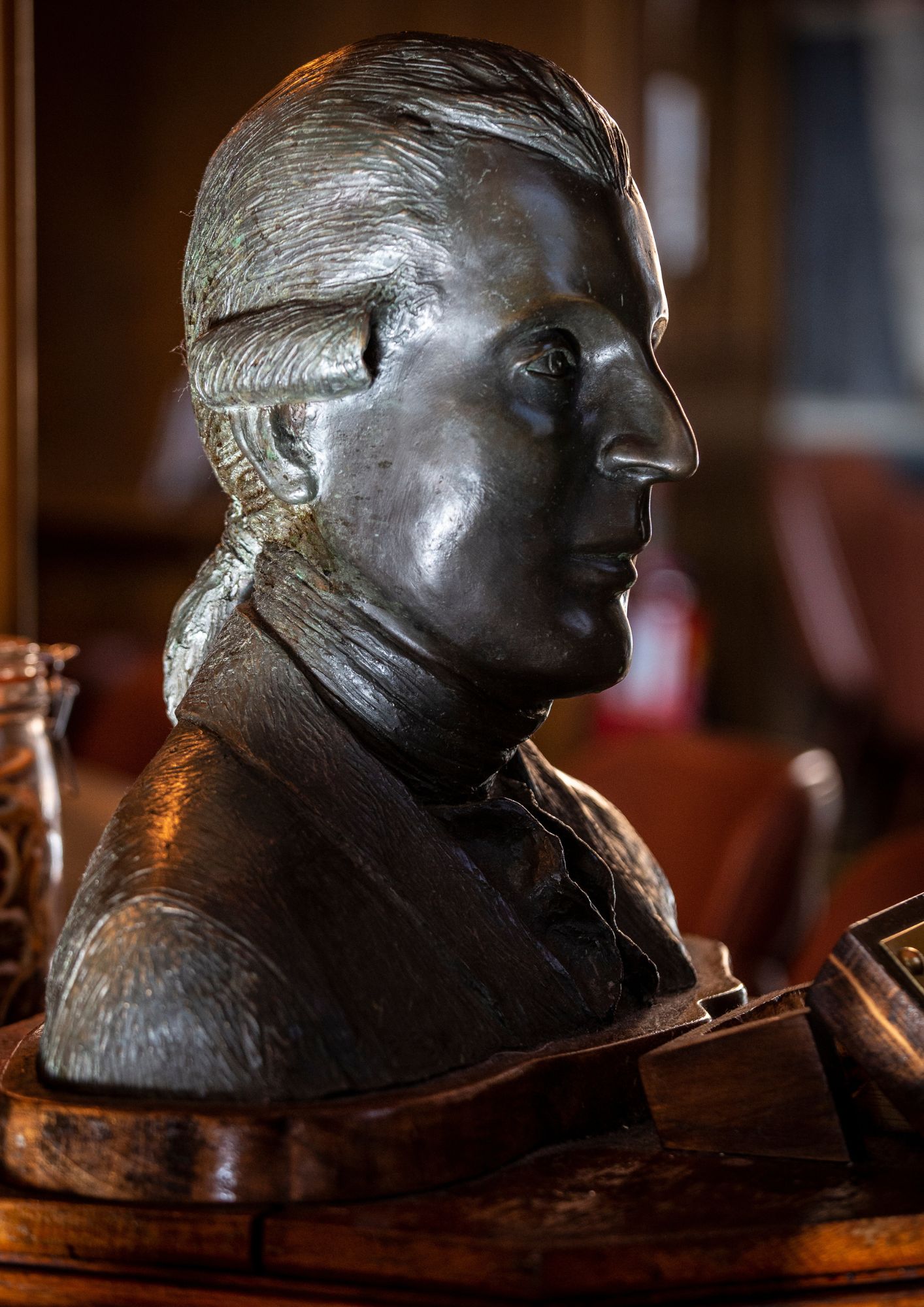Over 300 years of history
Following extensive restoration over a seven year period, this List 1 architectural masterpiece finally re-opened its doors in December 2005 as John M. Keating’s Bar. The tasteful conversion and refurbishment was acknowledged at the Dublin City Neighborhood Awards 2006, where it won first prize in the category of Best Old Building.
In September 2007 the building was acquired by new owners and renamed. The minister for Arts, Heritage, Gaeltacht and the Islands has classified the building as one of intrinsic historical interest in Ireland.
Today, the custodian of the building, Brendan Flynn, continues the upkeep and sensitive maintenance of The Church and is fully invested in its cultural and historical significance and well as its place in the modern fabric of Dublin’s complex social scene.
Here at The Church we are extremely proud of our unique connection with some of Dublin’s literary greats. Some of the world’s most prolific writers were born and raised in our great city. As a world recognised endorsement Dublin is the fourth UNESCO City of Literature.

The Architecture
Saint Mary’s (former) Church of Ireland was opened its doors in 1701 to the design of Sir William Robinson and was completed by his successor, Thomas Burgh. It was the first classical parish church in the city and was the site of Arthur Guinness’s marriage in 1761. Wolfe Tone was baptised here and the church also witnessed John Wesley’s first Irish sermon.
The triumphal east window was designed at least in part by Robinson and has a grace and vivacity unusual in a city largely bypassed by Baroque influences. The style is supported by the tracery windows and represents the only extant exterior Baroque flourish in Dublin city. The plan form adds further to the site’s unique identity, with the convex quadrants being a departure from the usual rectilinear shapes found in similar churches, contributing a distinctive design and striking presence.
The Ionic doorcase and original doors to the west end are of notable significance, the composition in calp limestone and sandstone offers a very early aspect which, in conjunction with the segmental pediment and convex frieze, grounds the building in its historical context and creates a unique façade.
The galleried interior is one of the earliest in Dublin, and is a triumph of Classical timber design. Grand proportions combine with the set-pieces of the original organ case, east window and surviving Corinthian reredos, connected by an ornate mix of joinery and innovative modern alterations, to create a sumptuous and exuberant space.
Mary Street was laid out by Humphrey Jervis from the mid-1690s and in 1697 the parish of Saint Michan’s was divided into three which precipitated the construction of Saint Mary’s. Jervis Street was named for the developer himself and was once home to seventeenth and eighteenth-century buildings. The streets are much altered now and consist largely of Victorian buildings, leaving Saint Mary’s to ground the district in its earlier historic milieu. As such, it makes a highly significant contribution to the streetscape and to Dublin’s overall architectural fabric.

The Notable and Notorious
Arthur Guinness married Olivia Whitmore in St Mary’s in 1761.
Notable baptisms in the church include:
Playwright Seán O’Casey in 1880 (The Plough & The Stars, Juno & The Paycock & The Shadow of a Gunman)
Theobald Wolfe Tone in 1763. (Wolfe Tone was born at 44 Stafford Street nearby. Stafford Street was later renamed after Wolfe Tone.).
James Caulfield 1st Earl of Charlemont and Commander-in-Chief of The Irish Volunteers (1780) was baptized in the church in 1728,
The Irish satirist and playwright Richard Brinsley Sheridan in 1751 (The Rivals, The School for Scandal, The Duenna and A Trip to Scarborough.)
Records show that burials in the church vaults include Anne, daughter of the Bishop of Meath (interred 14 December 1725), the Rev Rawlinson Foord (also interred 14 December 1725), and Charles Campbell (interred in the chancel vault 2 November 1765).
All the remains of those in the vault or crypts were later cremated and placed at St. Michans. This process was supervised by a Dublin Corporation Environmental Officer in consultation with the Representative Body of the Church of Ireland.
The adjoining churchyard is the final resting place of the United Irishman Archibald Hamilton Rowan (1751–1834), Mary Mercer, founder of Mercer’s Hospital (died 1734), the philosopher Francis Hutcheson (1694–1746), Sir Boyle Roche, 1st Baronet (1736–1807), an Irish politician and member of the Irish House of Commons, parish rector William Fletcher (1715–1771), and Lord Norbury 1745–1831; known colloquially as the hanging judge) who ordered the execution of Robert Emmett in 1803.
